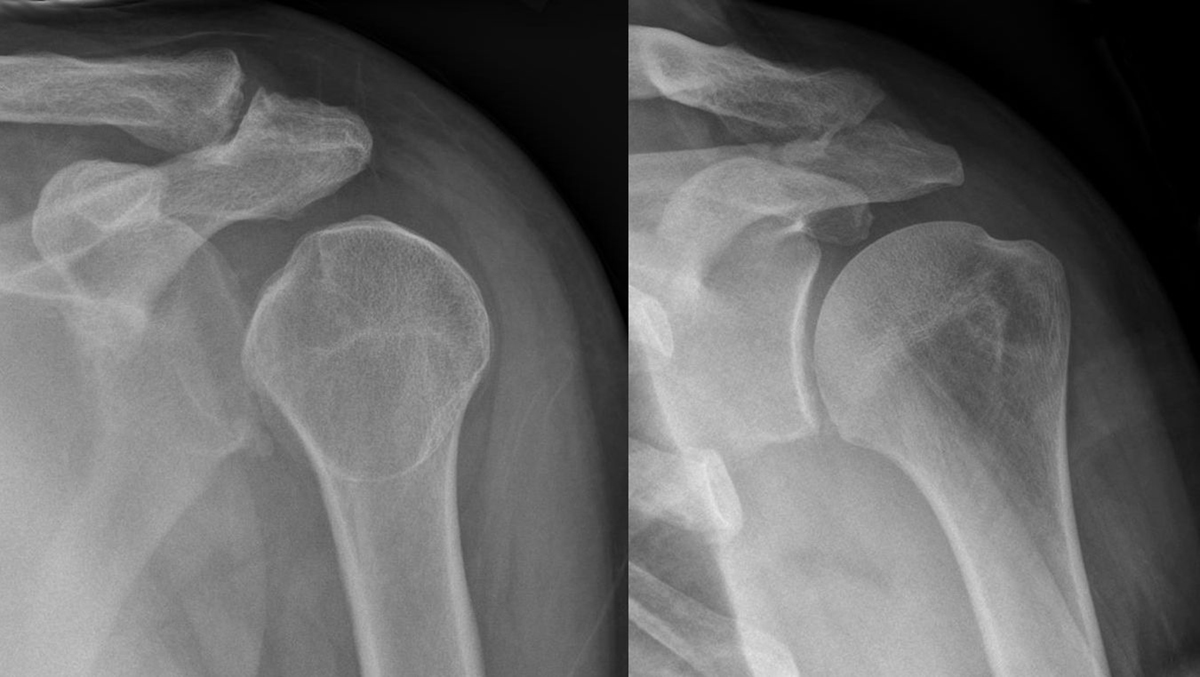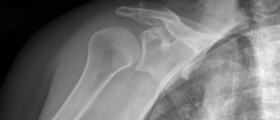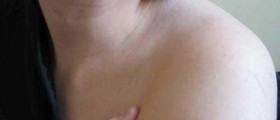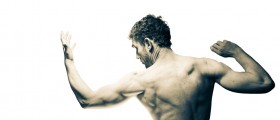
Classification
The shoulder is actually the joint characterized by the greatest range of motion of all joints in the human body, but unfortunately that means that it is also very susceptible to dislocation and several other types of injuries. It may also be involved with subluxation, which is a medicinal term for the partial disclocation of the shoulder. There are three main types of shoulder dislocations and those are anterior dislocation, posterior dislocation and inferior dislocation. Anterior or forward shoulder dislocations are the most common of them all. In most cases they are sub-coracoid but there also cases in which they may be retroperitoneal, intrathoric, subclavicular or sub-glenoid. Anterior dislocations may sometimes be held responsible for inducing damage to the axillary artery. Posterior or backward dislocations are not that common and they usually occur due to seizure or electrocution triggered by strength imbalance of the muscles known as rotator cuffs. These types of dislocations commonly go unnoticed. The third type of shoulder dislocation is the rarest form and it is called inferior or downward dislocation. This medical condition is also sometimes referred to as luxatio erecta. The biggest problem with this type of shoulder dislocation is that it often leads to the development of various different types of ligament, tendon, neurological and vascular injuries. According to certain statistical data, men are affected a bit more by shoulder dislocation than women.
Signs
Shoulder dislocation is in most cases induced by sports related injuries, falls or sudden impacts. The most common signs of a dislocated shoulder include arms which seem to hang low, a forearm which is turned outward or inward, torn tendons, torn ligaments, nerve damage, bruising, weakness, numbness, swelling, very limited mobility of the arm, severe pain around the shoulder joint, and visibly displaced shoulder.
Treatment Options
If a person suspects a dislocation injury, he or she needs to seek immediate medical attention. A splint or a sling can be helpful when it comes to keeping a dislocated shoulder in position. Extremely painful sensations which are commonly associated with dislocated shoulders need to be alleviated by strong analgesics. In order to treat a dislocated shoulder, the doctor needs to perform a physical examination and diagnose the condition properly. He or she needs to be well informed about the injury and any previous occurrences of shoulder dislocation. The first thing that needs to be done is to return the shoulder to its normal position by utilized certain processes which are referred to as reduction. Closed reduction involves certain techniques which manipulate the joint and the bone from the outside. Once the joint is returned to its original place, the severe pain commonly associated with dislocation stops immediately. There are also cases of shoulder dislocation in which the reduction cannot be of any help. These cases require surgical open reductions. Once this type of reduction is finished, the joint needs to be scanned with x-ray imaging in order to determine that there are no fractions and that the intervention was fully successful. Once the procedure is complete, the shoulder needs to be kept in an immobilizer or a sling in order to prevent any unwanted movement. The arm needs to be placed in the position which is called external rotation.
Surgery and Non-Operative
There are certain non urgent cases of dislocated shoulder which do not call for surgical interventions when it comes to repairing the damage induced onto the tissues which surround the affected joints. The shoulder stability in these cases can be restored relatively easily by utilizing certain types of techniques. The shoulder capsule can easily be tightened by using arthroscopic surgery techniques. There is also a well known type of treatment method for all cases of recurrent anterior stability of the shoulder and this one is known as Bankart repair. This type of surgery is very efficient when it comes to lessening the pain and improving the functions of a dislocated shoulder while at the same time it may also come in very handy in repairing the torn anterior glenoid labrum without the need for arthroscopy. Some cases may require a bone graft in order to restore stability reduced by a worn or broken shoulder socket. In some posterior cases of shoulder dislocation, the shoulder socket may need to be reshaped. Osteotomy and graft combined in one procedure may be of great help when it comes to dealing with such issues. The most common substitute for all different sorts of surgical stabilizations of dislocated shoulders is the rotator cuff and deltoid strengthening. Certain types of long term progressive resistance exercises are commonly utilized for such purposes. Less severe cases of shoulder dislocation tend not to respond well to non operative treatment methods. Traumatic types of shoulder dislocation are commonly associated with a high number of capsuloligamentous injuries so that is why they do not respond well to conservative methods of treatment.















-Arthritis_f_280x120.jpg)

Your thoughts on this
Loading...